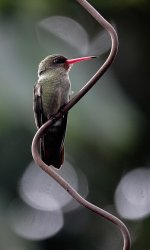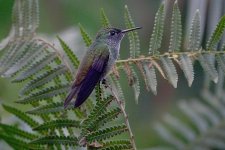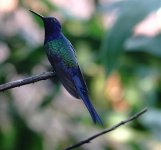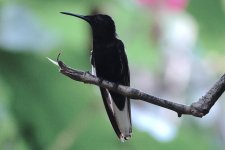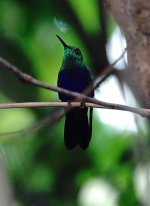
Excellent trip so far - certainly makes me jealous. Started to plan an Argentina trip last year, but sheer cost of everything made me change to South Africa ...car rent alone was astronomical, etc. Next best thing your report...almost 







Band-tailed Seed-eater?

Are you sure the first sierra-finch isn't a Mourning Sierra-finch?
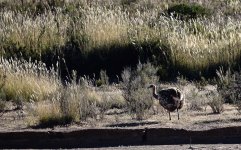
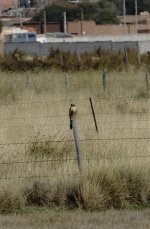
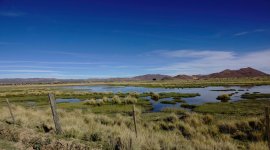
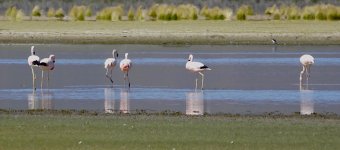
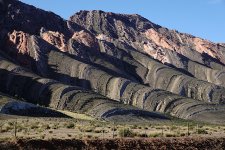

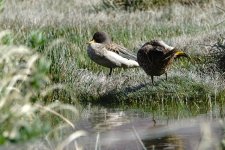
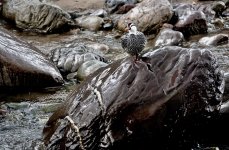
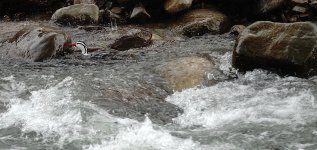
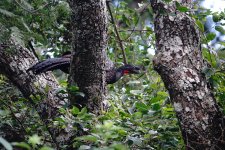
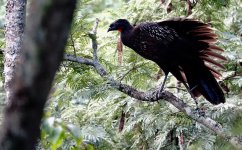

Common Moorhen will be Common Gallinule/Laughing Moorhen - now split from the Old World species by at least some authorities....
After that we got on the road and made a second and wonderfully successful attempt for the Torrent Duck at the turning for Yala ponds. Instead of peering off the bridge I walked along the banks of the river and quickly picked up a female Torrent Duck perched on a midstream boulder. As the rain came down I made my way upstream on the opposite bank and eventually enjoyed fantastic walk-away views of the red-billed, white-faced duck with a narrow black eyestripe that curled all the way down the side of the neck and into the dark-streaked body asit perched up and swam among the rapids just thirty metres away. While planning the trip this was one of the birds I had most wanted to see, and these views wonderfully exceeded my expectations.
Cheers
Mike


Not at all sure. I would welcome any guidance as I have no experience whatsoever with S American finches.
Here's a few more pix (not of finches)
Cheers
Mike


